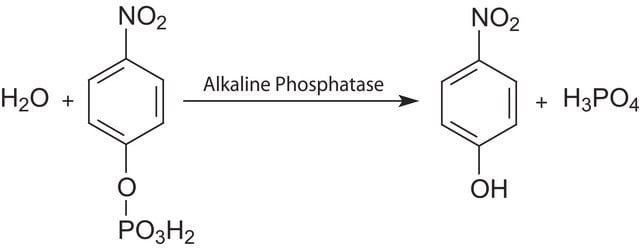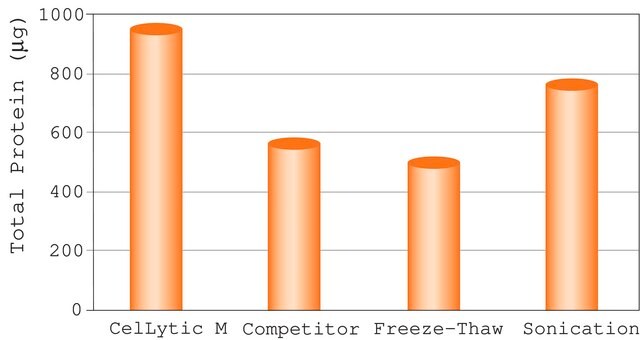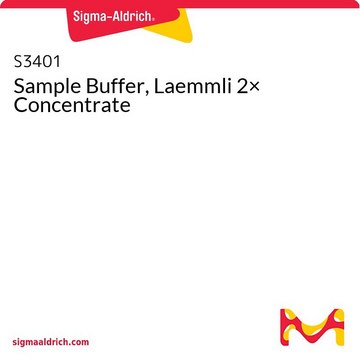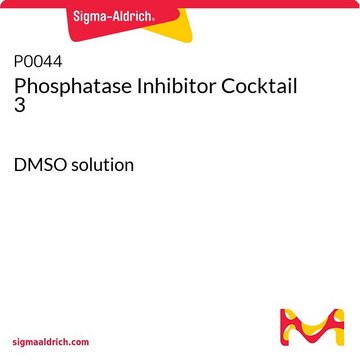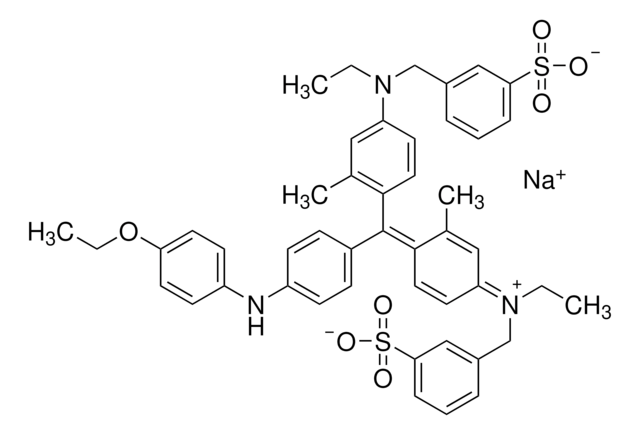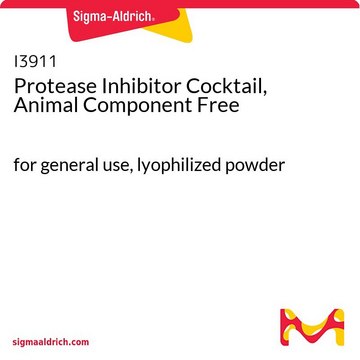R0278
RIPA Buffer
Synonym(s):
Radioimmunoprecipitation assay buffer
About This Item
Recommended Products
description
protease free
Quality Level
form
liquid
packaging
pkg of 50 mL
pkg of 500 mL
technique(s)
immunoprecipitation (IP): suitable
color
colorless
pH
7.8-8.2 (25 °C, 1 ×)
storage temp.
2-8°C
Looking for similar products? Visit Product Comparison Guide
General description
Application
- Fibroblast-based deep phenotyping of the peripheral tissue, which facilitates the mechanistic disease stratification in sporadic Parkinson′s disease (sPD).
- Demonstrating the inhibition of oxidative phosphorylation (OXPHOS), which can activate the mixed lineage kinase domain-like protein (MLKL)-dependent necroptosis in human lung epithelial cells.
Features and Benefits
Other Notes
Legal Information
also commonly purchased with this product
related product
Signal Word
Warning
Hazard Statements
Precautionary Statements
Hazard Classifications
Aquatic Chronic 3 - Eye Irrit. 2
Storage Class Code
12 - Non Combustible Liquids
WGK
WGK 3
Flash Point(F)
Not applicable
Flash Point(C)
Not applicable
Regulatory Listings
Regulatory Listings are mainly provided for chemical products. Only limited information can be provided here for non-chemical products. No entry means none of the components are listed. It is the user’s obligation to ensure the safe and legal use of the product.
PRTR
Class I Designated Chemical Substances
JAN Code
R0278-VAR:
R0278-PH:
R0278PROC:
R0278-50ML:
R0278-500ML:
R0278-BULK:
R0278-500ML-PW:
R0278-50ML-KC:
R0278-50ML-PW:
Choose from one of the most recent versions:
Already Own This Product?
Find documentation for the products that you have recently purchased in the Document Library.
Customers Also Viewed
Our team of scientists has experience in all areas of research including Life Science, Material Science, Chemical Synthesis, Chromatography, Analytical and many others.
Contact Technical Service


